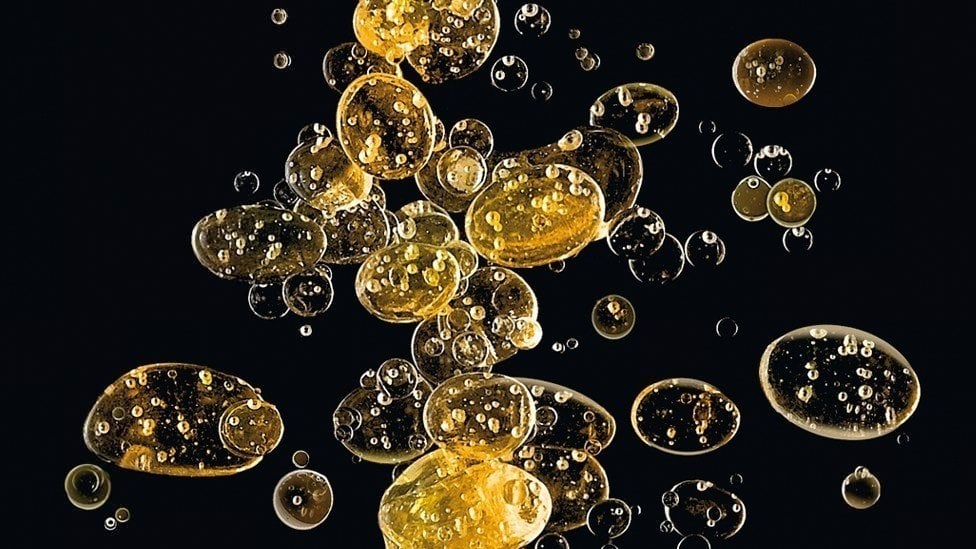The Triumphs Of Formulation
L’Oréal's Research and Innovation teams provide remarkable innovations in formulation, one of the historic areas of the group's expertise.
Formulation is an essential stage that determines both the effectiveness of the active ingredient and the performance perceived by the consumer. It is one of the historic areas of L’Oréal's Research and Innovation expertise, which is never afraid to break the established codes to offer breakthrough innovations, such as the Oil Delivery System used for bleaching hair. This "oil in water" emulsion was a step toward a more enjoyable odorless hair coloring experience by eliminating ammonia. Another example: the lip stain inspired by a technology transfer launched by Yves Saint Laurent, which achieves a previously impossible balance between color, hold, brilliance and comfort. These major discoveries gave rise to veritable technological platforms and were then played out in different categories of products
NIOSOMES − 1986

Discovering the active principles capable of resolving major skin and hair problems is a first step. But the essential work remains to be done: to deliver these active ingredients in sufficient quantity to the skin cells. For a long time, the cosmetics industry dissolved them in one of the emulsion phases (aqueous or oily phase ), but sometimes at the price of a deterioration of some active ingredients. In the 1970s, L'Oréal's researchers made a decisive breakthrough: they developed synthetic liposomes, called niosomes. These nanocapsules, with a structure that is analogous to those found in the cell walls and the intercellular glue of the of the keratinous layer of the skin, proved to be an ideal vector for transporting active ingredients such as retinol or vitamin E (anti-free radicals). They were introduced for the first time into the treatment cream Niosôme by Lancôme in 1986.
SERUMS − 2007
Inspired by Asia and highly concentrated in active ingredients, the serums, launched in 2007 by L'Oréal, introduced a true medical revolution and a new category of skin care in the world of cosmetics. Used initially in intensive treatments over several weeks, they can now be applied every day, either alone or as a booster for daily facial care. The biological process that they trigger is similar to that of a cream. But compared to a classic cream, they offer a remarkable sensory experience and greater effectiveness. Used in synergy with a cream, they are even more effective: by "preparing the ground", as they multiply the effectiveness of the cream.
OIL DELIVERY SYSTEM − 2009

How can the unpleasant aspects of hair bleaching, such as the odor of ammonia, be eliminated? Can hair coloring be done differently? To give women a new sense of comfort and optimal respect for the hair, L'Oréal 's researchers revisited the science of emulsions. They succeeded in developing a process called the Oil Delivery System (ODS) that, by modifying the relationship between the oil phase and water phase, made it possible to replace the ammonia with a gentler odorless alkaline agent, without losing any of the normal qualities of coloring, and actually enhancing them. Inoa by L'Oréal Professional is the first hair coloring to have benefited from this technological driver in 2009. Thanks to the triumphs of formulation, this technology was introduced in 2012 under the name OLIA by Garnier.